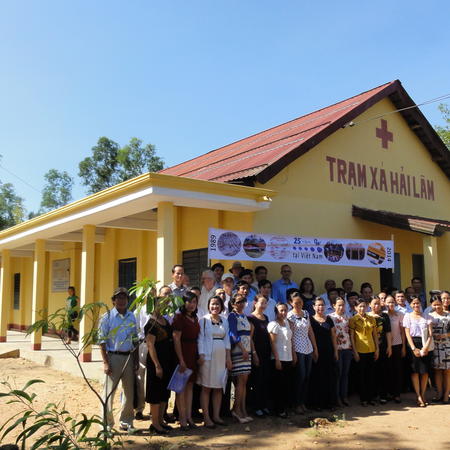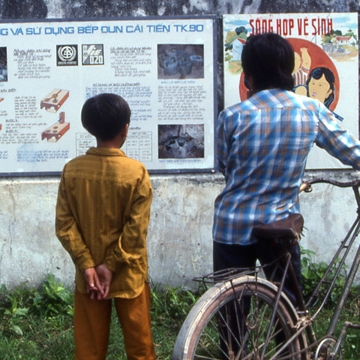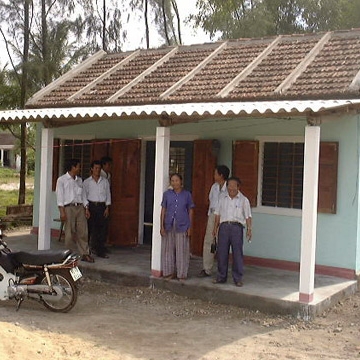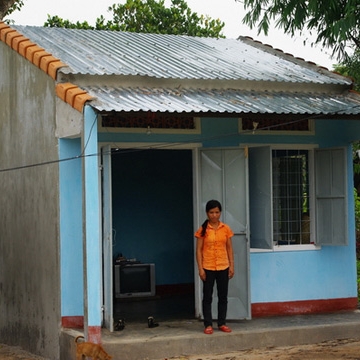- English
- Français
- Tiếng Việt
Combatting Desertification
Desertification is a slow onset disaster. Drought is one contributing factor, as too is climate change. But man's actions have a very direct impact on desertification as well. The Sahel region of West Africa is a prime example.
DW has worked for three decades in the Sahel region of sub saharan West Africa, the boundary region that lies between the Sahara desert to the north and the savannah region to the south. The Sahel is dry, with a short and eratic rainy season. It stretches from the atlantic coast in Mauritania and Senegal all the way accross Africa to the southern part of Sudan. In the 1970's it achieved notoriety for the massive droughts that led to collossal suffering and death in this region.
The droughts triggered major changes in the lives of nomads, pastoralists and famers, leading many to gather round the larger centres in the region in towns such as Agadez and Mopti. Many people never returned to a nomadic way of life. Drought not only leads to famine, but is a direct contributory factor in environmental degradation that leads directly and indirectly to desertification.
In the complex cause and effect of drought and desertification man has been both a cause and a sufferer. In West Africa we see the direct effect of overconsumption and destruction of trees and bushes that in the past thirty years and less has turned entire forest into deserts. Overconsumption of trees and the cutting of bushes is linked to meeting agricultural and pastoral needs and for the vast consumption of branches to meet cooking needs. But one of the major causes of excessive tree cutting is the need for beams and battens for the construction of roofs.
Protect the environment, combat climate change and save wood
In the past, man adapted his shelter to the locally available resources and to local conditions. In the past 30 years this has changed in Sahelian West Africa . As people settled in towns and villages, they began to build houses that consumed more wood, especially in building the roof. Thanks to man’s over consumption of trees, quickly, tree cover disappeared in many part of the Sahel, to be replaced by desert. Over the past 30 years the region has seen massive destruction of forests as a result of over-consumption. Some species have gone completely. People have to travel further to find wood for building, and pay more for it.
The amount of wood used in construction is a major problem, as nearly all traditional types of shelter use timber and branches in the construction.
A typical house with a flat roof measuring 31m² uses:
- At least 56 linear metres of beams
- 12 m³ of branches , equivalent to 8 cartloads of wood
Woodless construction and associated activities such as improved pottery production contribute to saving wood and through this, help protect the environment of the Sahel Region of West Africa
Woodless construction allows you to save at least that amount of wood in each house!
Just as an example, in Burkina Faso, since 2004 trained builders saved 6000 cubic metres of wood and 27 kilometres of beams, which represents a very large number of trees still standing.











